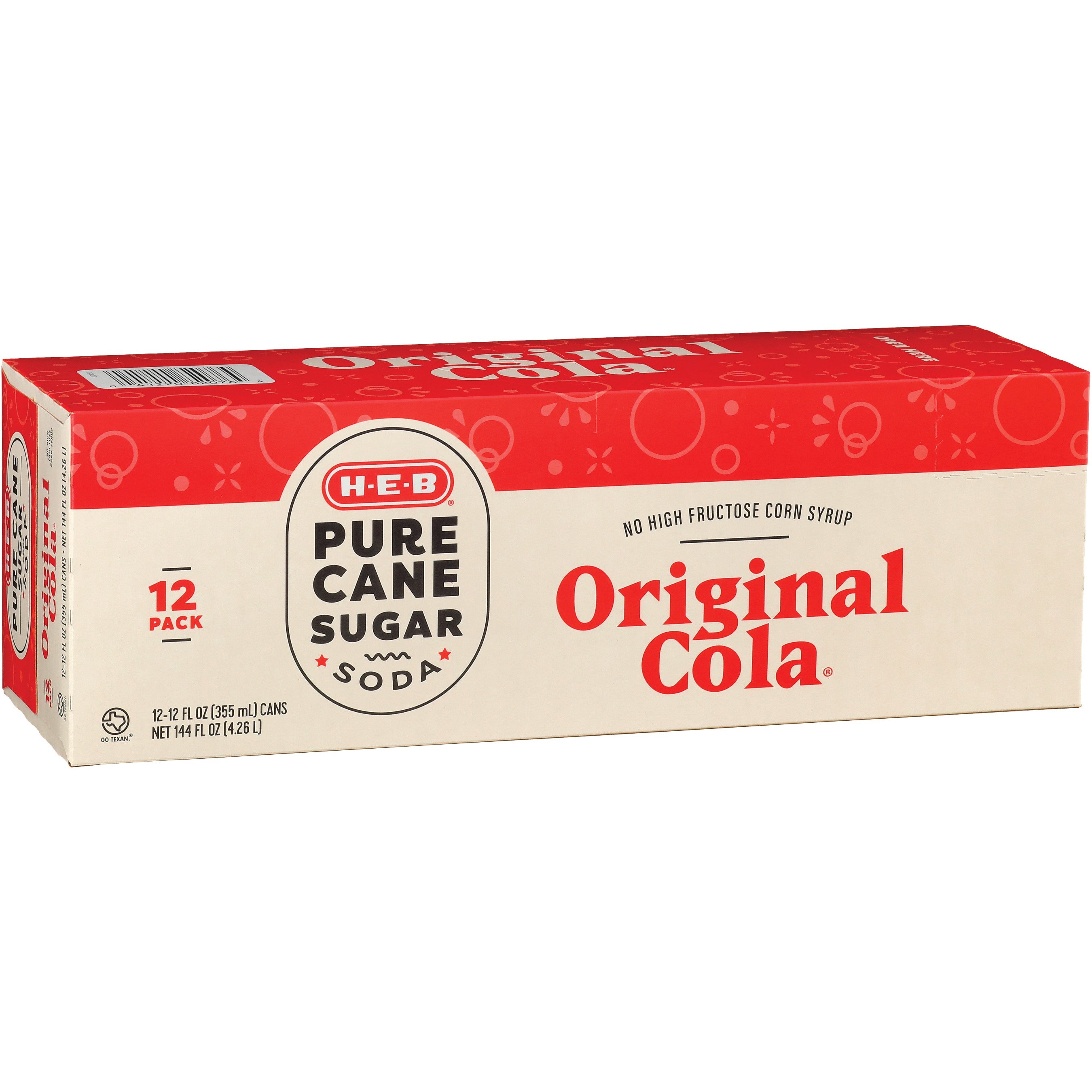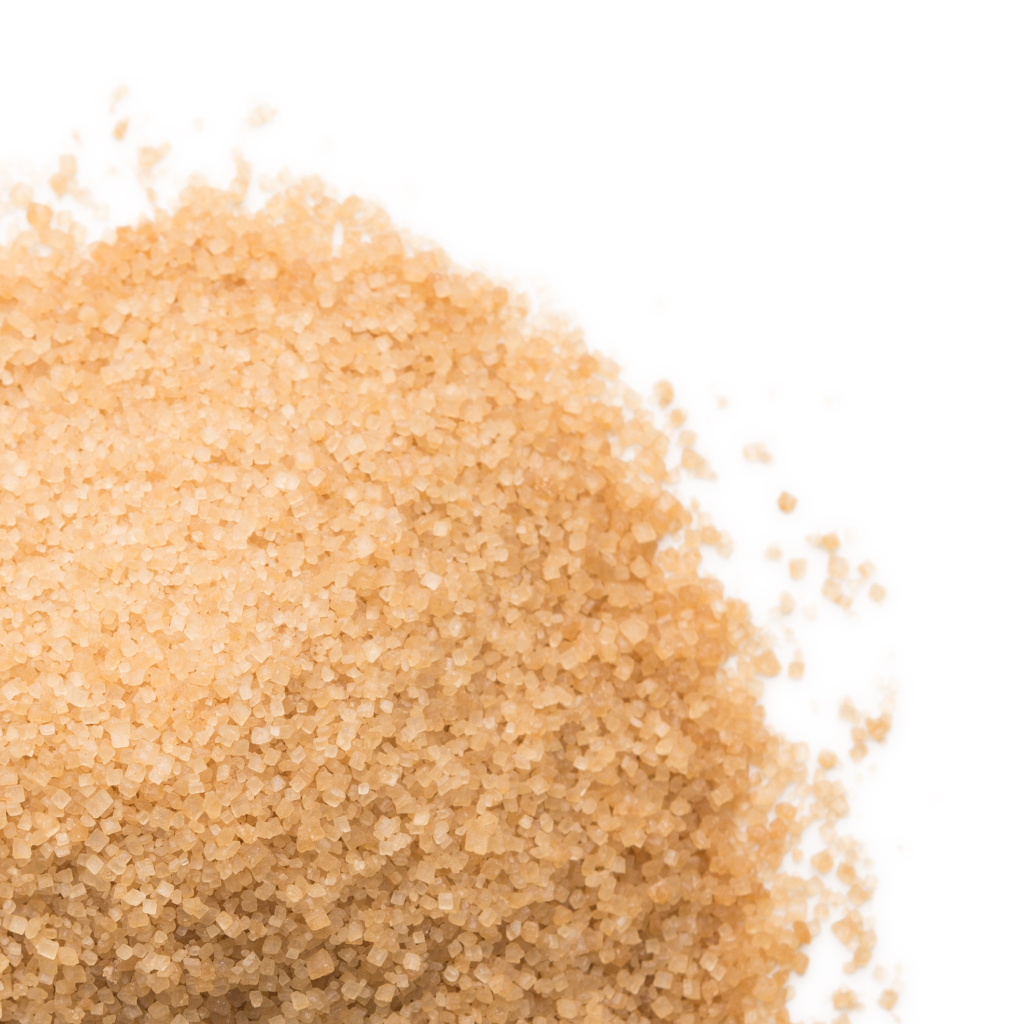An In-Depth Guide to the Environmental Influence and Sustainability Practices in Cane Sugar Processing
The environmental influence of cane sugar processing offers an intricate variety of obstacles that warrant cautious assessment. From dirt degradation and too much water use to the carbon impact connected with growing and manufacturing, the repercussions of conventional practices are far-ranging. What specific methods can be applied to strike an equilibrium in between performance and ecological stewardship?
Summary of Cane Sugar Processing
Walking stick sugar processing involves a collection of systematic steps that transform sugarcane right into refined sugar. At first, harvested sugarcane is delivered to processing centers, where it undergoes cleansing to get rid of soil and particles. Following this, the cane is squashed to draw out juice, which is then cleared up by removing contaminations via heating and the addition of lime.
The cleared up juice goes through dissipation, where water is eliminated to concentrate the sugar content. This focused syrup is then taken shape with cooling, enabling sugar crystals to create. These crystals are divided from the remaining syrup making use of centrifugation, causing raw sugar. To accomplish polished sugar, the raw product goes through further purification processes, which may consist of washing and filtering to eliminate continuing to be contaminations and shade.
The final product is then dried out and packaged for circulation. Throughout this entire process, keeping effectiveness and top quality control is essential to ensure the sugar meets industry requirements. Each action in walking cane sugar handling not just adds to the end product yet additionally has ramifications for resource use and waste generation, establishing the stage for conversations on sustainability and ecological effects linked with sugar manufacturing.
Ecological Obstacles of Manufacturing
The production of walking cane sugar provides a number of considerable environmental challenges that warrant attention. One main issue is the considerable use agrochemicals, including plant foods and chemicals, which can lead to dirt destruction, biodiversity loss, and contamination of regional water sources. The overflow from sugarcane fields often brings these chemicals into neighboring communities, disrupting aquatic life and influencing the wellness of communities reliant on these water bodies.
Another obstacle is the high power intake linked with sugarcane processing. The boiling and refining phases need substantial warmth, mainly generated by burning fossil fuels, adding to greenhouse gas discharges. In addition, the extensive land area required for sugarcane cultivation can lead to logging and habitat damage, further worsening climate adjustment and harmful wildlife.
Furthermore, the labor techniques in some areas raise ethical problems, as workers might face poor working conditions and inadequate salaries. This scenario often continues a cycle of poverty in regional neighborhoods. Cane Sugar Processing. Addressing these ecological obstacles is essential for establishing a lot more sustainable methods in cane sugar manufacturing, ultimately benefiting both the environment and the communities entailed in this industry
Water and Land Use Effect
Water resources and land utilization are crucial components in the cane sugar industry that significantly affect the environment. The growing of sugarcane calls for substantial water input, with price quotes recommending that it can consume approximately 2,000 litres of water per kilogram of sugar generated. This intensive use water often leads to deficiency of local water resources, affecting not just the sugarcane plantations yet also surrounding ecological communities and neighborhoods that rely on the exact same water sources for farming and residential use.

In addition, land usage for sugarcane farming can lead to deforestation and the conversion of natural environments into monoculture vineyards. This practice reduces biodiversity, interrupts regional environments, and adds to dirt degradation. The growth of sugarcane fields typically trespasses on important farming land, creating competition for sources in between food and biofuel production.
Lasting methods, such as maximizing irrigation strategies and implementing crop turning, are important to alleviate these influences. By embracing much more effective water use and land monitoring methods, the cane sugar industry can reduce its environmental footprint, making sure a balance between agricultural efficiency and environmental conservation.
Greenhouse Gas Emissions
Greenhouse gas discharges stand for a considerable ecological concern within the cane sugar processing sector, particularly as agricultural techniques expand to fulfill worldwide demand. The growing of sugarcane, a plant that grows in exotic environments, relies heavily on synthetic plant foods and pesticides, which add to nitrous oxide exhausts. Furthermore, land-use adjustments, consisting of deforestation for new sugarcane vineyards, launch co2 saved in plant life and soil.
Throughout handling, energy usage is another significant source of greenhouse gas discharges - Cane Sugar Processing. Lots of sugar mills use nonrenewable more information fuel sources to power machinery and generate heat, resulting in substantial carbon footprints. In addition, the transport of raw sugarcane and finished products includes layers of exhausts via gas combustion in vehicles
This involves examining existing farming methods, processing techniques, and transportation systems to identify locations for improvement and mitigation. Dealing with greenhouse gas exhausts is important for cultivating a more sustainable walking stick sugar sector in a transforming climate.

Lasting Practices and Innovations
Lasting methods and innovations are significantly crucial in the cane sugar handling market as stakeholders seek to decrease environmental influences while preserving performance. One significant advancement is the application of incorporated crop management, which maximizes source usage by incorporating dirt administration, parasite control, and crop turning strategies. This approach boosts return while decreasing chemical inputs and maintaining dirt health and wellness.
Additionally, the fostering of renewable resource sources, such as biomass from sugarcane deposits, has acquired traction - Cane Sugar Processing. By converting waste products right into energy, refining centers can decrease their dependence on nonrenewable fuel sources, thus reducing greenhouse gas exhausts
Water monitoring practices have additionally seen improvements via the recycling and reusing of water in handling plants, considerably minimizing freshwater intake. Innovations in modern technology, such as precision farming, enable farmers to keep track of crop health and source use better, ensuring lasting farming methods.
Additionally, accreditation programs like Fair Profession and Jungle Partnership urge environmentally liable farming methods and advertise social equity within the supply chain. By embracing these lasting methods and innovations, the walking stick sugar processing sector can enhance its strength and add positively to environmental stewardship.
Final Thought
The environmental impact of walking stick sugar processing offers significant difficulties, including soil degradation, high water consumption, and greenhouse gas emissions, along with moral problems connected to labor practices. Attending to these concerns through lasting practices, such as integrated crop administration, eco-friendly power fostering, and water recycling, is necessary. By promoting socially equitable and eco accountable approaches in sugar visit this site right here production, the sector can reduce its adverse results, making sure an extra sustainable future for both ecological communities and communities entailed in this industry.
Walking stick sugar processing includes a series of systematic actions that change sugarcane right into polished sugar. Each step in cane sugar processing not just contributes to the last product however additionally has effects for source usage and waste generation, setting the stage for discussions on sustainability and environmental influences connected with sugar production.
Greenhouse gas emissions represent a considerable environmental issue within the walking stick sugar handling market, specifically as farming practices increase to meet international need.Sustainable techniques and innovations are progressively vital in find the walking cane sugar handling market as stakeholders seek to decrease ecological impacts while maintaining efficiency.The environmental influence of cane sugar processing offers significant difficulties, consisting of soil deterioration, high water intake, and greenhouse gas emissions, alongside ethical worries connected to labor methods.